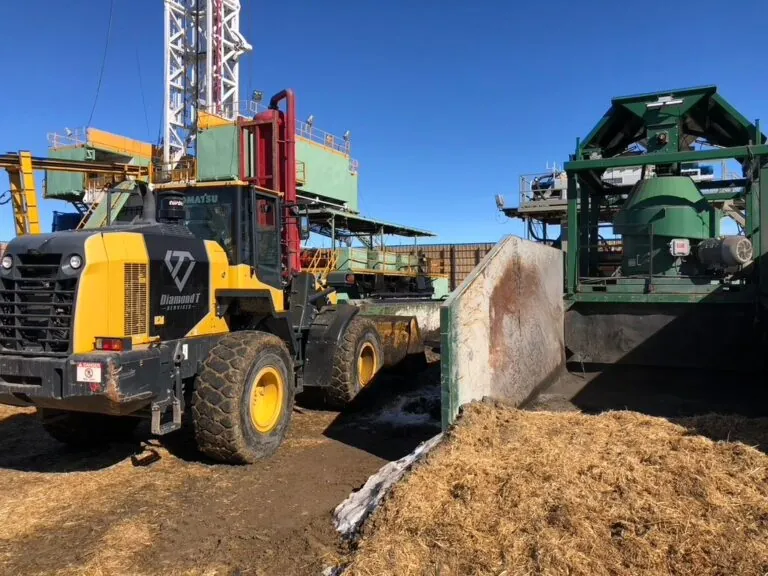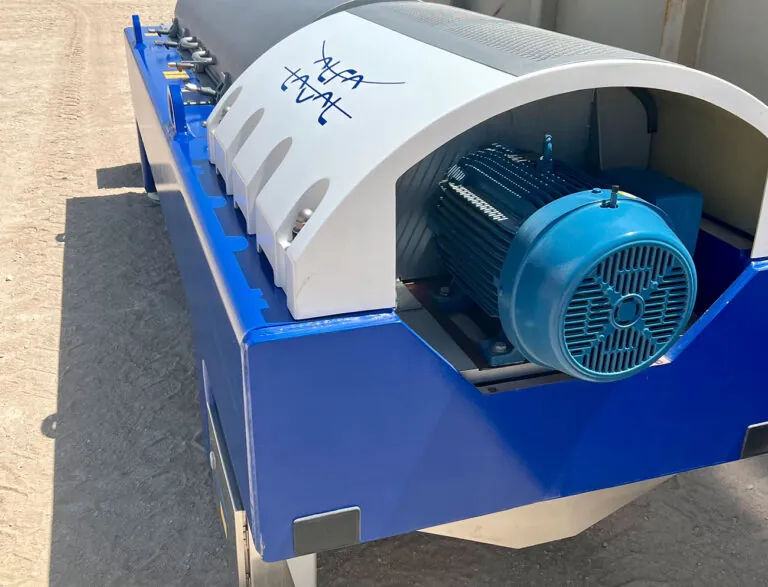Science plays a huge role throughout the entire water treatment process, but one of the most important aspects of producing clean, filtered water is through centrifugal force. At its core, water treatment is simply separating the water from the solids and filtering it to produce that clean, treated water.
By using a sludge centrifuge, this allows for a reliable, high-speed process that pulls those contaminants from the fluid. This has become a popular method of achieving great separation of solids from the wastewater, as the high speeds can pull the solids from the water on even a microscopic level. Here’s a look at the science behind the in-depth process.
How Does Centrifugal Force Work?
By definition, centrifugal force is the apparent force that acts outward on a body that is moving around a center. This inertial force is directed away from that central point of origin. In common terms, this is the force that pushes an object moving in a circle to travel away from the center of the circle. Think of a basketball spinning on your finger. If that basketball were soaked and water, and then spun on your finger, the water would spray off of the ball – outward in multiple directions.
That’s the same basic science that allows for sludge centrifuges to separate water from solids. In very general terms, the water is pulled away, leaving the wastewater impurities behind. These forces are run at very high speeds to allow for all of the solids to be pulled from the mixture. There are microscopic particles of silt in clay that are difficult to pull from wastewater, but the heavy g-force of this application allows the water to be cleared.
How Does a Sludge Centrifuge Work?
In the application of water treatment, this force is the basis behind a sludge centrifuge. Using a large cylindrical bowl, the centrifuge is filled with wastewater. The bowl is then spun at high speeds, to separate the liquids from the solids. The lighter liquids are then drained, leaving the separated solids behind. Inertia at high speeds are what pulls the solids apart, and allows for large quantities of wastewater to be separated.
There are a multitude of benefits for this process. It’s largely cost effective, saving on disposal costs. Transport costs are also reduced, since the equipment isn’t overwhelmingly large, and can often be placed close to the base of operations. This is more than just convenient, as it can increase productivity, as well. The equipment usually lasts a long time, as well, but there are some drawbacks. Because of the high speeds that need to be generated, a lot of energy is consumed, and there are some noise issues.
Centrifugal force has become a vital part of the wastewater treatment process, and can increase efficiency throughout the process. For more information on the science behind sludge centrifuges, or any other part of the wastewater treatment process, contact the experts at Diamond T Services today.






